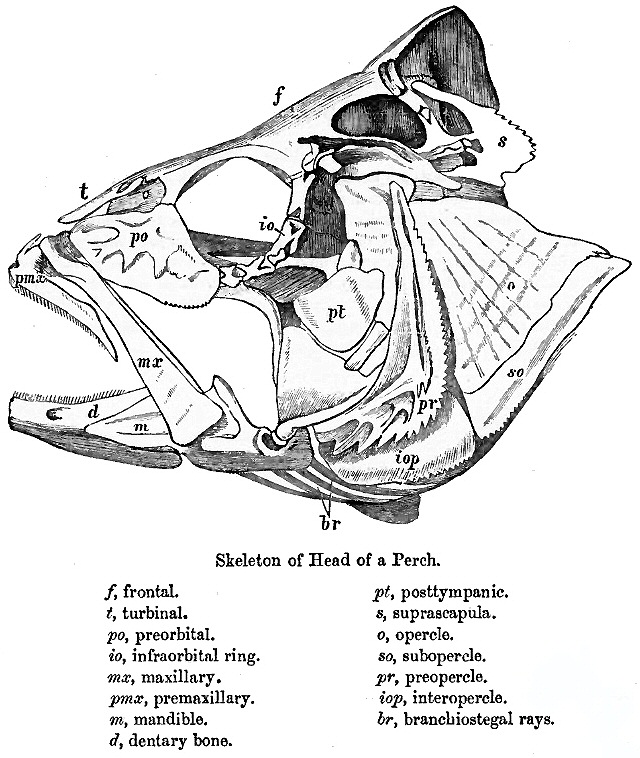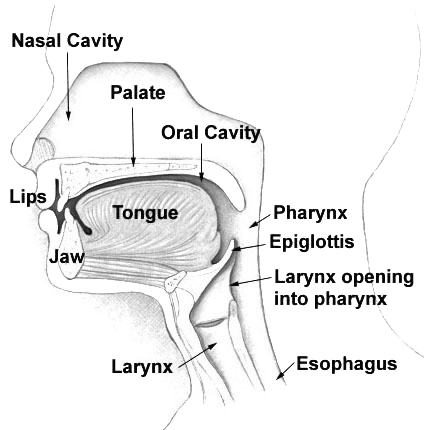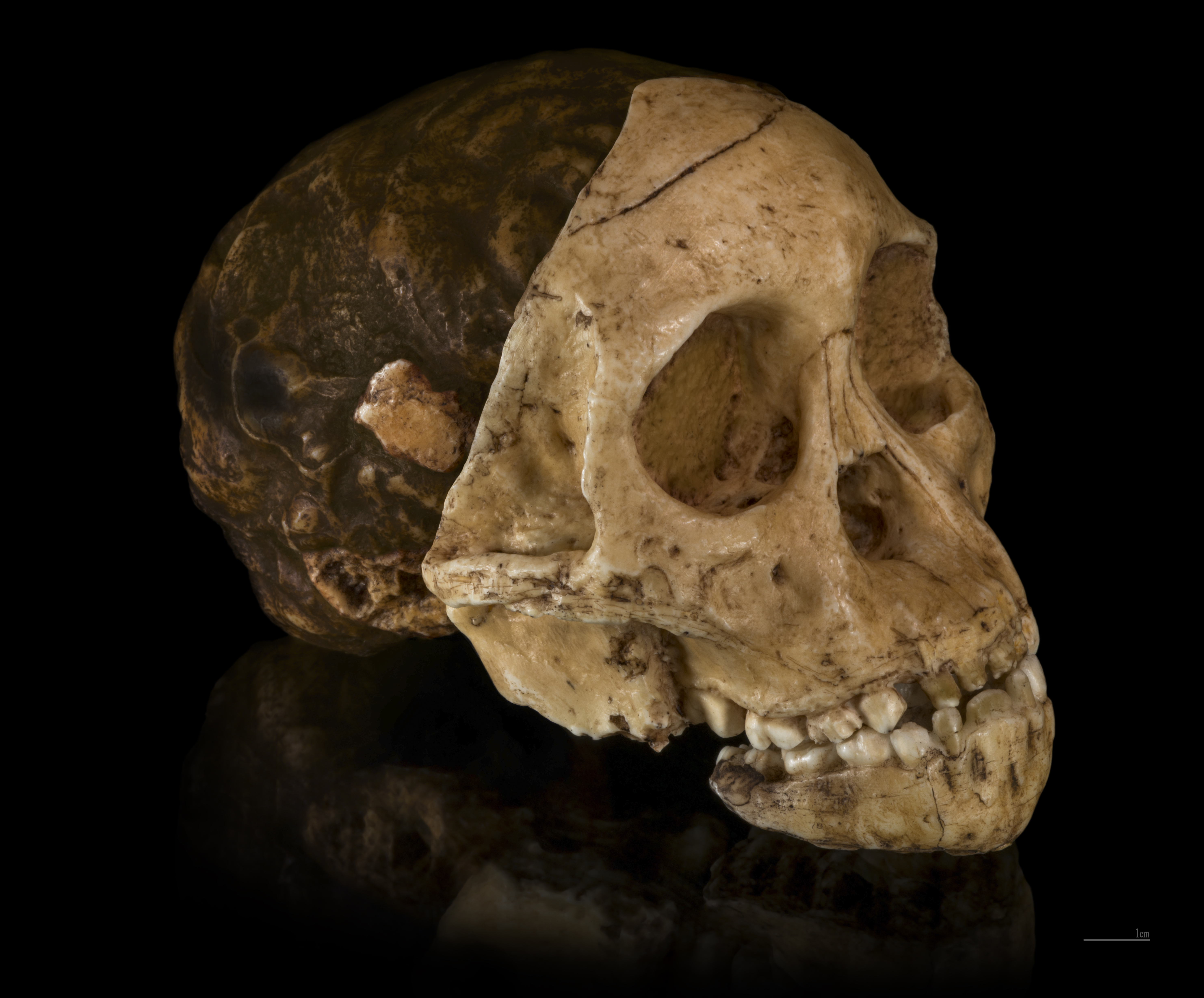|
Protocetus Atavus
''Protocetus atavus'' ("first whale") is an extinct species of primitive cetacean from Egypt. It lived during the middle Eocene period 45 million years ago. The first discovered protocetid, ''Protocetus atavus'' was described by based on a cranium and a number of associated vertebrae and ribs found in middle Lutetian Tethyan marine limestone from the Mokattam Formation at Gebel Mokattam near Cairo, Egypt. Description ''Protocetus'' are believed to have had a streamlined, whale-like body around long, but was probably primitive in some respects.Palmer D (ed.) (1999). ''The Marshall Illustrated Encyclopedia of Dinosaurs and Prehistoric Animals''. London: Marshall Editions. p. 230. . Many protocetids (like ''Maiacetus'', ''Rodhocetus'') possessed well developed innominates and hind limbs, often attached to the backbone with a sacrum. ''Protocetus'' are known to have had at least one sacral vertebrate,Gingerich P.D. (2010). "Cetacea". In Werdelin L & Sanders W.J. (eds.). ''Cen ... [...More Info...] [...Related Items...] OR: [Wikipedia] [Google] [Baidu] |
Eocene
The Eocene ( ) is a geological epoch (geology), epoch that lasted from about 56 to 33.9 million years ago (Ma). It is the second epoch of the Paleogene Period (geology), Period in the modern Cenozoic Era (geology), Era. The name ''Eocene'' comes from the Ancient Greek (''Ēṓs'', 'Eos, Dawn') and (''kainós'', "new") and refers to the "dawn" of modern ('new') fauna that appeared during the epoch.See: *Letter from William Whewell to Charles Lyell dated 31 January 1831 in: * From p. 55: "The period next antecedent we shall call Eocene, from ήως, aurora, and χαινος, recens, because the extremely small proportion of living species contained in these strata, indicates what may be considered the first commencement, or ''dawn'', of the existing state of the animate creation." The Eocene spans the time from the end of the Paleocene Epoch to the beginning of the Oligocene Epoch. The start of the Eocene is marked by a brief period in which the concentration of the carbon isoto ... [...More Info...] [...Related Items...] OR: [Wikipedia] [Google] [Baidu] |
Endocranium
The endocranium in comparative anatomy is a part of the skull base in vertebrates and it represents the basal, inner part of the cranium. The term is also applied to the outer layer of the dura mater in human anatomy. Structure Structurally, the endocranium consists of a boxlike shape, open at the top. The posterior margin exhibits the '' foramen magnum'', an opening for the spinal cord. The floor of the endocranium has several paired openings for the cranial nerves, and the anterior margin holds a spongy construction, allowing for the external nasal nerves to pass through. Romer, A.S. & T.S. Parsons. 1977. ''The Vertebrate Body.'' 5th ed. Saunders, Philadelphia. (6th ed. 1985) All bones of the structure derive from the cranial neural crest during fetal development. Endocranial elements in humans In humans and other mammals, the endocranium forms during fetal development as a cartilaginous neurocranium, that ossifies from several centers. Several of these bones merge, and in ... [...More Info...] [...Related Items...] OR: [Wikipedia] [Google] [Baidu] |
Evolution Of Cetaceans
The evolution of cetaceans is thought to have begun in the Indian subcontinent from even-toed ungulates (Artiodactyla) 50 million years ago (mya) and to have proceeded over a period of at least 15 million years. Cetaceans are fully aquatic mammals belonging to the order Artiodactyla and branched off from other artiodactyls around 50 Year#Abbreviations yr and ya, mya. Cetaceans are thought to have evolved during the Eocene (56-34 mya), the second epoch of the present-extending Cenozoic Era. Molecular and morphological analyses suggest Cetacea share a relatively recent closest common ancestor with hippopotamus, hippopotamuses and that they are sister groups. Being mammals, they surface to breathe air; they have five finger bones (even-toed) in their fins; they nurse their young; and, despite their fully aquatic life style, they retain many skeletal features from their terrestrial ancestors.Thewissen, J. G. M., L. N. Cooper, J. C. George, and S. Bajpai. 2009. From land to wa ... [...More Info...] [...Related Items...] OR: [Wikipedia] [Google] [Baidu] |
Basilosauridae
Basilosauridae is a family of extinct cetaceans that lived during the middle to late Eocene. Basilosaurids are known from all continents including Antarctica, and are probably the first fully aquatic cetaceans.Buono M, Fordyce R.E., Marx F.G., Fernández M.S. & Reguero M. (2019). "Eocene Antarctica: a window into the earliest history of modern whales". ''Advances in Polar Science'' 30(3): p. 293-302. doi:10.13679/j.advps.2019.0005 The group is noted to be a paraphyletic assemblage of stem group whales from which the monophyletic Neoceti are derived. Characteristics Basilosaurids ranged in size from and were fairly similar to modern cetaceans in overall body form and function. Some genera tend to show signs of convergent evolution with mosasaurs by having long serpentine body shape, which suggests that this body plan seems to have been rather successful. Basilosaurid forelimbs have broad and fan-shaped scapulae attached to a humerus, radius, and ulna which are flattened i ... [...More Info...] [...Related Items...] OR: [Wikipedia] [Google] [Baidu] |
Nasal Cavity
The nasal cavity is a large, air-filled space above and behind the nose in the middle of the face. The nasal septum divides the cavity into two cavities, also known as fossae. Each cavity is the continuation of one of the two nostrils. The nasal cavity is the uppermost part of the respiratory system and provides the nasal passage for inhaled air from the nostrils to the nasopharynx and rest of the respiratory tract. The paranasal sinuses surround and drain into the nasal cavity. Structure The term "nasal cavity" can refer to each of the two cavities of the nose, or to the two sides combined. The lateral wall of each nasal cavity mainly consists of the maxilla. However, there is a deficiency that is compensated for by the perpendicular plate of the palatine bone, the medial pterygoid plate, the labyrinth of ethmoid and the inferior concha. The paranasal sinuses are connected to the nasal cavity through small orifices called ostia. Most of these ostia communicat ... [...More Info...] [...Related Items...] OR: [Wikipedia] [Google] [Baidu] |
Mammal
A mammal () is a vertebrate animal of the Class (biology), class Mammalia (). Mammals are characterised by the presence of milk-producing mammary glands for feeding their young, a broad neocortex region of the brain, fur or hair, and three Evolution of mammalian auditory ossicles, middle ear bones. These characteristics distinguish them from reptiles and birds, from which their ancestors Genetic divergence, diverged in the Carboniferous Period over 300 million years ago. Around 6,640 Neontology#Extant taxon, extant species of mammals have been described and divided into 27 Order (biology), orders. The study of mammals is called mammalogy. The largest orders of mammals, by number of species, are the rodents, bats, and eulipotyphlans (including hedgehogs, Mole (animal), moles and shrews). The next three are the primates (including humans, monkeys and lemurs), the Artiodactyl, even-toed ungulates (including pigs, camels, and whales), and the Carnivora (including Felidae, ... [...More Info...] [...Related Items...] OR: [Wikipedia] [Google] [Baidu] |
Terrestrial Animal
Terrestrial animals are animals that live predominantly or entirely on land (e.g. cats, chickens, ants, most spiders), as compared with aquatic animals, which live predominantly or entirely in the water (e.g. fish, lobsters, octopuses), and semiaquatic animals, which rely on both aquatic and terrestrial habitats (e.g. platypus, most amphibians). Some groups of insects are terrestrial, such as ants, butterflies, earwigs, cockroaches, grasshoppers and many others, while other groups are partially aquatic, such as mosquitoes and dragonflies, which pass their larval stages in water. Alternatively, terrestrial is used to describe animals that live on the ground, as opposed to arboreal animals that live in trees. Ecological subgroups The term "terrestrial" is typically applied to species that live primarily on or in the ground, in contrast to arboreal species, who live primarily in trees, even though the latter are actually a specialized subgroup of the terre ... [...More Info...] [...Related Items...] OR: [Wikipedia] [Google] [Baidu] |
Endocast
An endocast is the internal cast of a hollow object, often referring to the cranial vault in the study of brain development in humans and other organisms. Endocasts can be artificially made for examining the properties of a hollow, inaccessible space, or they may occur naturally through fossilization. Cranial endocasts Artificial casts Endocasts of the inside of the neurocranium (braincase) are often made in paleoanthropology to study brain structures and hemispheric specialization in extinct human ancestors. While an endocast can not directly reveal brain structure, it can allow scientists to gauge the size of areas of the brain situated close to the surface, notably Wernicke's and Broca's areas, responsible for interpreting and producing speech. Traditionally, the casting material is some form of rubber or rubber-like material. The openings to the brain cavity, except for the ''foramen magnum'', are closed, and the liquid rubber is slushed around in the empty cranial vaul ... [...More Info...] [...Related Items...] OR: [Wikipedia] [Google] [Baidu] |
Olfactory Bulb
The olfactory bulb (Latin: ''bulbus olfactorius'') is a neural structure of the vertebrate forebrain involved in olfaction, the sense of smell. It sends olfactory information to be further processed in the amygdala, the orbitofrontal cortex (OFC) and the hippocampus where it plays a role in emotion, memory and learning. The bulb is divided into two distinct structures: the main olfactory bulb and the accessory olfactory bulb. The main olfactory bulb connects to the amygdala via the piriform cortex of the primary olfactory cortex and directly projects from the main olfactory bulb to specific amygdala areas. The accessory olfactory bulb resides on the dorsal-posterior region of the main olfactory bulb and forms a parallel pathway. Destruction of the olfactory bulb results in ipsilateral anosmia, while irritative lesions of the uncus can result in olfactory and gustatory hallucinations. Structure In most vertebrates, the olfactory bulb is the most rostral (forward) part ... [...More Info...] [...Related Items...] OR: [Wikipedia] [Google] [Baidu] |
Whale Evolution
The evolution of cetaceans is thought to have begun in the Indian subcontinent from even-toed ungulates (Artiodactyla) 50 million years ago (mya) and to have proceeded over a period of at least 15 million years. Cetaceans are fully aquatic mammals belonging to the order Artiodactyla and branched off from other artiodactyls around 50 mya. Cetaceans are thought to have evolved during the Eocene (56-34 mya), the second epoch of the present-extending Cenozoic Era. Molecular and morphological analyses suggest Cetacea share a relatively recent closest common ancestor with hippopotamuses and that they are sister groups. Being mammals, they surface to breathe air; they have five finger bones (even-toed) in their fins; they nurse their young; and, despite their fully aquatic life style, they retain many skeletal features from their terrestrial ancestors.Thewissen, J. G. M., L. N. Cooper, J. C. George, and S. Bajpai. 2009. From land to water: the origin of whales, dolphins, and p ... [...More Info...] [...Related Items...] OR: [Wikipedia] [Google] [Baidu] |
Brain
The brain is an organ (biology), organ that serves as the center of the nervous system in all vertebrate and most invertebrate animals. It consists of nervous tissue and is typically located in the head (cephalization), usually near organs for special senses such as visual perception, vision, hearing, and olfaction. Being the most specialized organ, it is responsible for receiving information from the sensory nervous system, processing that information (thought, cognition, and intelligence) and the coordination of motor control (muscle activity and endocrine system). While invertebrate brains arise from paired segmental ganglia (each of which is only responsible for the respective segmentation (biology), body segment) of the ventral nerve cord, vertebrate brains develop axially from the midline dorsal nerve cord as a brain vesicle, vesicular enlargement at the rostral (anatomical term), rostral end of the neural tube, with centralized control over all body segments. All vertebr ... [...More Info...] [...Related Items...] OR: [Wikipedia] [Google] [Baidu] |
Remingtonocetus
''Remingtonocetus'' is an extinct genus of early cetacean freshwater aquatic mammals of the family (biology), family Remingtonocetidae endemic to the coastline of the ancient Tethys Ocean during the Eocene. It was named after naturalist Remington Kellogg. History of discovery named ''Protocetus harudiensis'' based on a partial skeleton, the type specimen found in the Lutetian shallow subtidal mudstone in the Harudi Formation, India. renamed it ''Remingtononocetus harudiensis'' due to morphological differences from ''Protocetus''. ''Remingtonocetus domandaensis'' was named by based on a partial skeleton found in a Lutetian coastal shale in the Domanda Formation of Pakistan. ''Remingtonocetus'' is larger, has a broader Rostrum (anatomy), rostrum, and longer premolars than ''Andrewsiphius''. It is smaller than, has more gracile premolars and molars than ''Dalanistes''. ''R. harudiensis'' differs from ''R. domandaensis'' in molar morphology. Description ''Remingtonocetus'' was ... [...More Info...] [...Related Items...] OR: [Wikipedia] [Google] [Baidu] |









